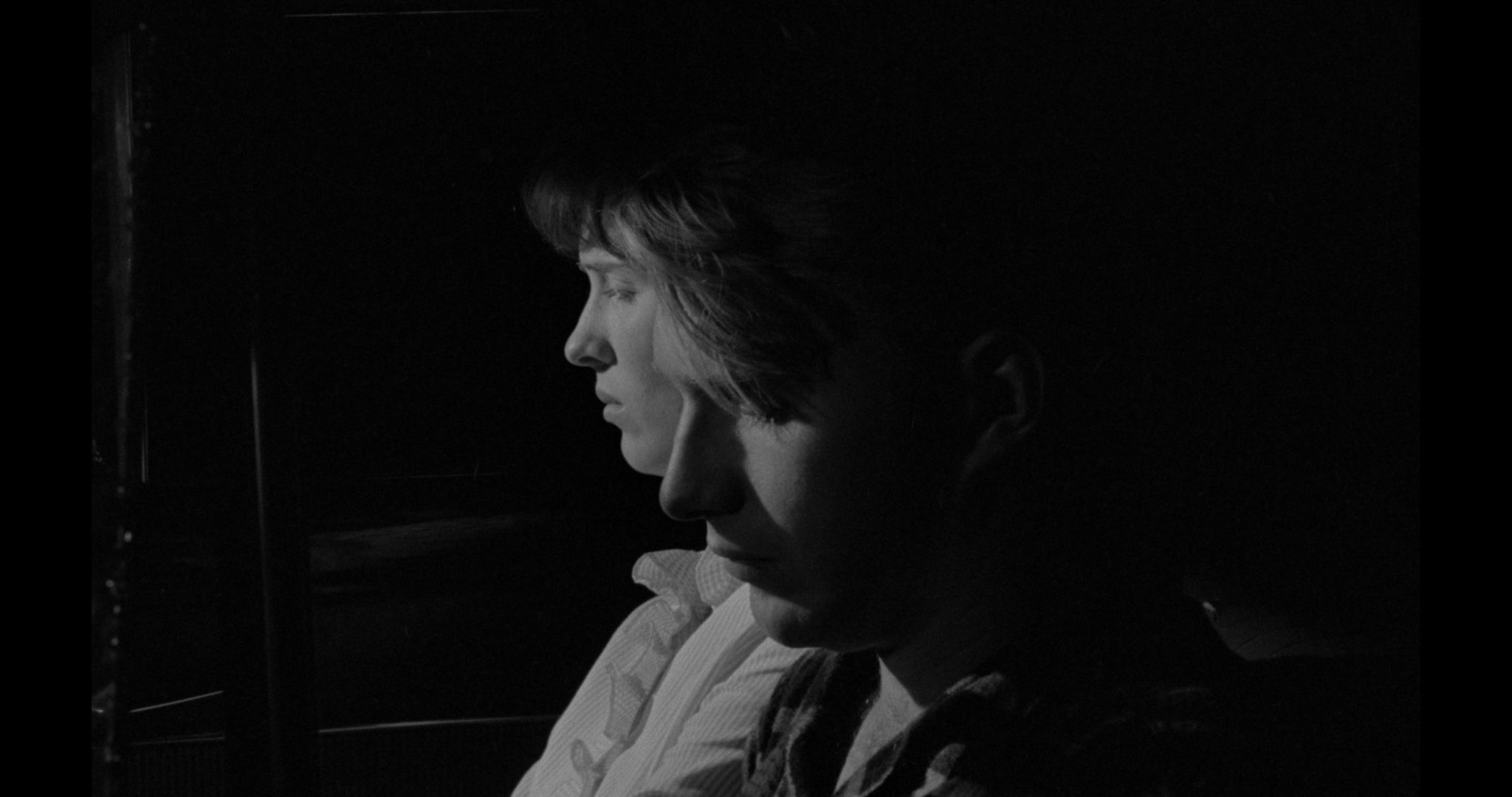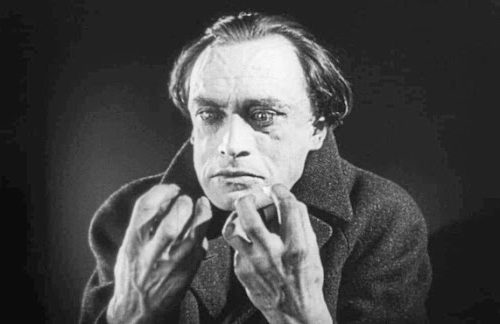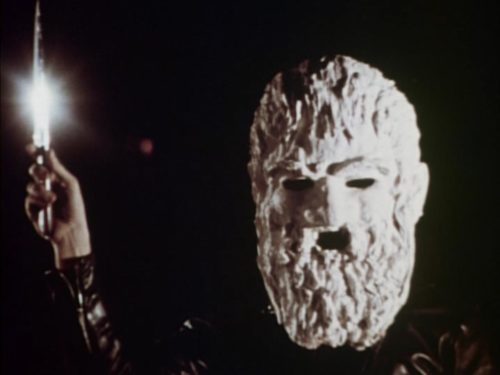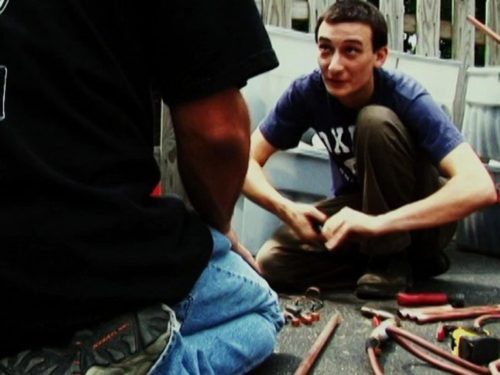Joseph L. Anderson’s film was famously bumped from the 1968 New York Film Festival for John Cassavetes’ Faces. After decades in limbo, has Spring Night, Summer Night benefited from its status as a lost film?
With its recent restoration and home video release, Joseph L. Anderson’s Spring Night, Summer Night (1967) has finally escaped its long-held status as one of the most crudely mistreated of lost American films. But even now that Spring Night is available to the public and receiving its long overdue praise, talking points around the film still tend to veer into the hypothetical realms of speculative film history. Questions continue to be posed relating to what kind of mark this film would have left on American filmmaking had it been released in its day. These questions of course stem from the film being bumped from the 1968 New York Film Festival to make room for John Cassavetes’ masterpiece, Faces (1968). Following the festival cancelation, Spring Night failed to obtain distribution, which led to a desperate recut into a sexploitation flick called Miss Jessica is Pregnant. Critics, such as Ian Magnani in his essay for the Flicker Alley Blu-ray, are now referring to the original cut as one of the “great what-ifs of film history.” Without taking anything away from this beautiful film, I have to express some skepticism as to how Spring Night would actually be remembered today had it premiered as intended in 1968.
It should be stated up front that the more groundbreaking film was definitely screened in that particular time slot at the 1968 New York Film Festival. Faces remains among the most important and radical films ever made in America — I personally consider it the most important. Such claims could not be made about Spring Night, Summer Night. The film likely would have received its fair share of praise before being overshadowed by Peter Bogdanovich’s very similar, yet more polished, traditionally structured, and studio-backed drama set in another soon-to-be American ghost town, The Last Picture Show, which was a major hit at the NYFF in 1971. It is also hard to imagine how this film would have been received in the eyes of late-’60s critical tastemakers, most of whom were busy praising the radical politics of Godard’s Weekend at NYFF ’68 and mainstream representations of counterculture like Easy Rider (1969). It is worth noting that even some positive reviews of Faces and other Cassavetes films were critical of them for being about middle-class bourgeois characters rather than young hipsters. Spring Night’s unfashionableness is almost doubly worth keeping in mind when considering that its characters happen to be more akin to the hicks who gun down the easy riders than the hippy bikers themselves. I am tempted to go so far as to say that Spring Night may ultimately have benefited from its status as a lost film. Surely, its uniqueness would have been recognized eventually had it premiered in 1968, but perhaps not to the “pantheon” level heralding it is receiving today amid the buzz of its rediscovery. Of course, this doesn’t diminish how truly unfortunate it is that Spring Night was the film chosen to be cut from the 1968 festival.
Related: An Artist’s Nightmare: John Cassavetes, Horror Films And The Incubus
Taking place in a once-prosperous Ohio mining town, Spring Night, Summer Night is set within the type of small community where telling the future takes no magic: A young person dancing at the only bar in town can glance across the room and glimpse the particular worn down and tired archetype they will eventually replace in the years ahead. Some may escape for a brief stretch by joining the Army or trying their luck in a big city, but something always seems to pull them back home.
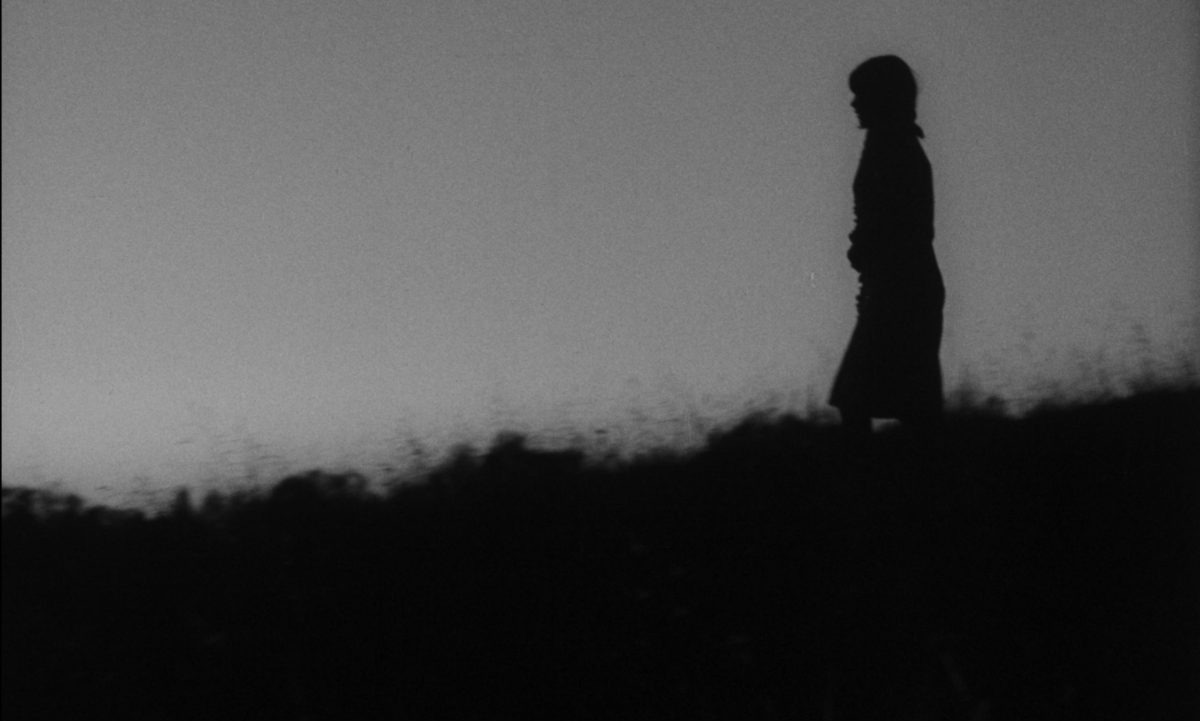
Half-siblings Carl (Tim Heimerdinger) and Jessie (Larue Hall) recognize their town for the dead end it is. They each take different views of how to deal with the fates looming before them. Carl desires to escape to the city. In his first scene, we see him in the family’s yard with a rifle. With an almost childish air of playful frustration, he strikes poses while target shooting before taking aim at a headlight on his father’s truck. This moment shows an imagination that is still alive, while also hinting at the paternally inherited violent streak he will succumb to multiple times later in the film. Jessie, the oldest daughter in the family, lacks Carl’s willingness to ditch town as she understands what her leaving would entail. We see that her absence would only pass a greater burden down the family line to her younger siblings.
Carl and Jessie also struggle with uncomfortable romantic feelings for each other. Anderson is incredibly daring in his treatment of their eventual incestual relationship. Early on, the film creates a striking sense of both the close-knit nature and the murkiness of the blood within their family. The father is a hot-tempered drunk; the mother has had lovers in town since the early years of their marriage. Jessie can’t even take a bath without a relative walking in on her, and a jealous Carl starts a bar fight when Jessie dances with other boys. When Carl gets Jessie pregnant, he disappears to Columbus, while Jessie remains at home. She refuses to tell her parents who the father is and resumes her duties around the house, while rumors and accusations fly around town. Carl returns a few months later, seeks out Jessie, and together they attempt to figure out what to do with their relationship.
But the film’s daring lies not in what is shown regarding the incestual drama, but rather what is not shown. Anderson lets the relationship between Carl and Jessie remain vague for most of the film. Their actions are neither condoned or criticized in the service of passing an easy moral judgement, nor are they inappropriately sexualized for cheap “hicksploitation” (as it eventually was in Miss Jessica is Pregnant). Anderson allows their complicated relationship to remain complicated.
Recent efforts by critics and programmers have categorized this film within what is being called “American Neorealism,” a retrospectively defined movement established on mostly technical traits inherited from Italian Neorealism in early American independent films. I am personally not too fond of this term in general, but it is particularly misleading in regards to Spring Night, Summer Night, for its “realism” is not what makes the film most worthy of distinction. Anderson and his crew have indeed cited Italian Neorealism as their primary influence, but what the film does with this influence, is often far less interesting than what similarly influenced American films like Lionel Rogosin’s On the Bowery (1956) accomplished a decade earlier or what Charles Burnett would later do in his masterpiece, Killer of Sheep (1978).
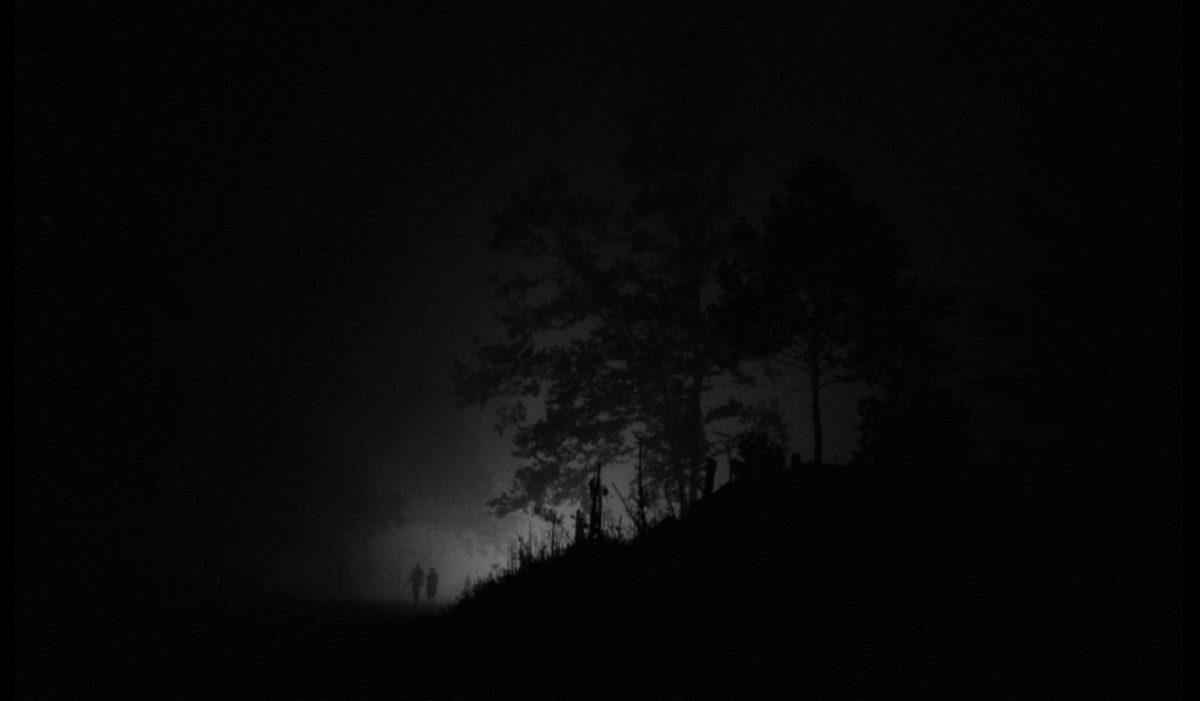
Spring Night, Summer Night is most unique when the filmmakers allow it to become more abstracted and stylistically inflected. When freed from its often strict adherence to “realism,” Spring Night is truly doing something novel and strangely beautiful. These moments take place during the two nighttime sequences, mostly featuring Carl and Jessie alone together. If a connection to an earlier film must be drawn, visually, these moments feel more like spiritual successors to the otherworldly, nocturnal atmosphere of Murnau’s Sunrise (1927) than anything else. Anderson creates a similarly heightened stylistic world of temptation and desire for Carl and Jessie, situating the half-siblings in a conflicted, ambiguous space between romantic dream and social nightmare. Anderson evokes more from the blocking in wide, dialogue-free shots, backlit by the moon and shrouded in mist than in any of the backstory-heavy monologues used to round out the film’s other characters. But only part of what makes these aspects of the film so refreshingly difficult to classify lies in the visuals. What really sets it apart is the tone created through its elliptical presentation. The editing of the sequence leading up to and including Carl and Jessie having sex is a masterclass in elision. Anderson removes just enough through his linking of only a few shots to pull the audience away from simply following the action or plot and into a more imaginative relation to the events and emotions that will haunt the rest of the film. These scenes solidify how truly sad it is that Anderson never had the opportunity to recognize these strengths and expand upon them in subsequent projects. But the mere fact we have this film in any form resembling Anderson’s intended vision — let alone looking so brilliant in its restoration — is a miracle and cause for celebration.
Purchase Spring Night, Summer Night on Blu-ray from Flicker Alley or Amazon
Stream Spring Night, Summer Night on BYNWR.com
Follow Brett on Twitter and Letterboxd
(Split Tooth may earn a commission from purchases made through affiliate links on our site.)

